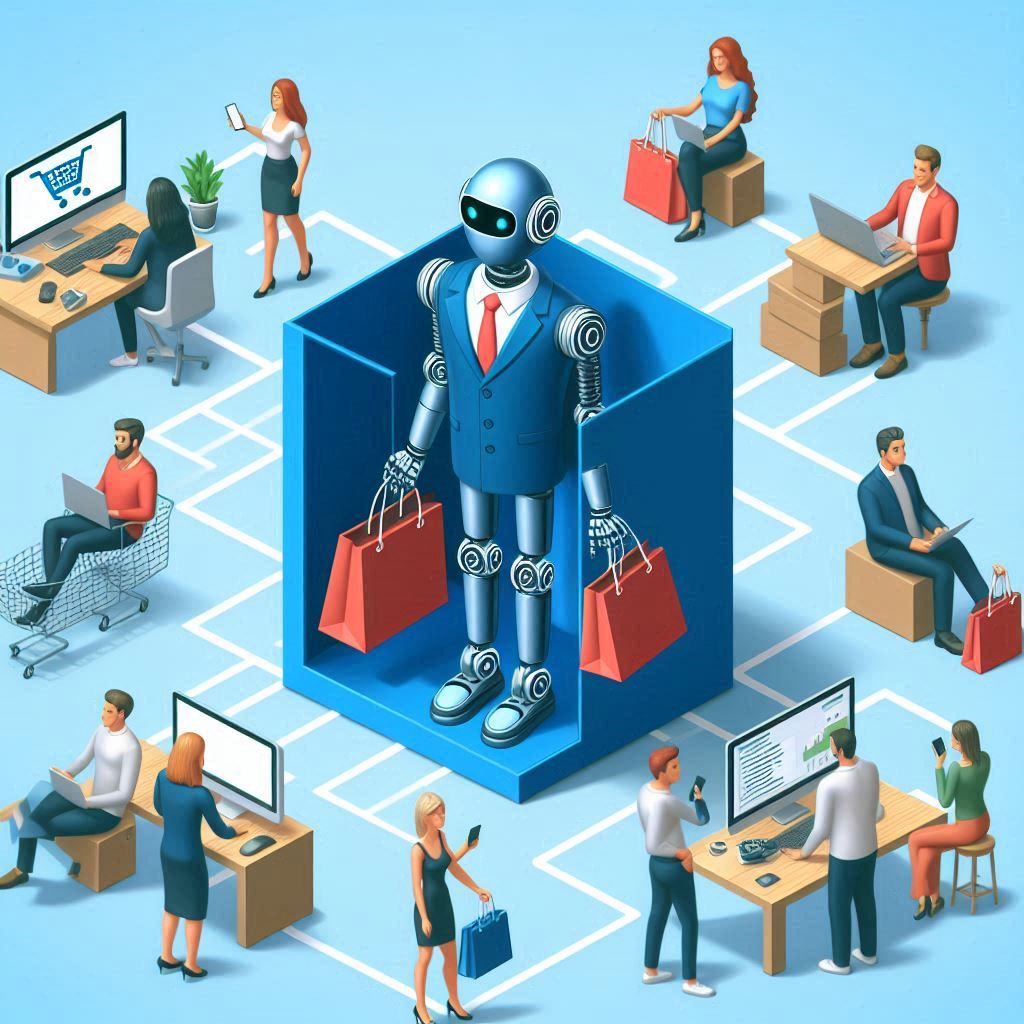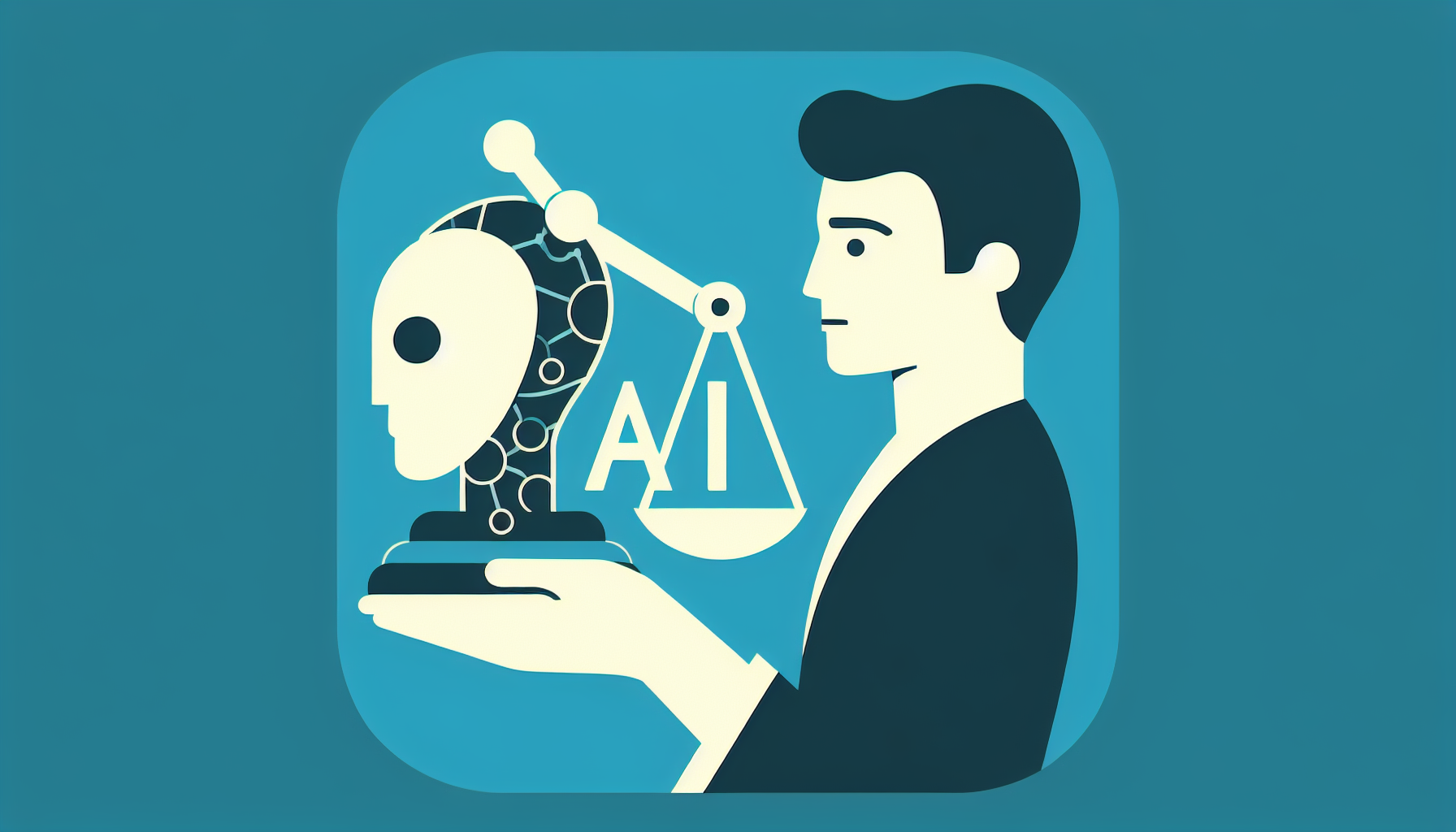Category: Blog
-

Architecting AI – seven principles to build production grade AI solutions
Artificial Intelligence (Ai) is high on the agenda for many organizations. Many have started to dip their feet into the waters and build AI solutions themselves, which has resulted in a large number of sandboxes, POCs, pilots, hackathons and other experimental efforts. That is positive and a necessary development to begin to harness the qualities…
-

Computer vision – Turning an image into a thousand words
Vision is so natural to humans that it seems difficult to see how difficult it could be to make computers see. Nevertheless, understanding how human vision works has taken decades for cognitive scientists to uncover. It is therefore all the more complex to make computers see in the same way as humans. The initial goal…
-

Recommendations (customers like you…)
Rarely has AI had such a transformative impact on the world. Few people even realize it today, but recommendation systems are an example of how technology has fundamentally changed our behavior and shaped expectations about how technology should work.
-

Search – Indexing the world’s information
The relentless pursuit of making vast amounts of information accessible and useful has been the primary driver behind the development of search algorithms. In the early days of the internet, the sheer volume of data being generated posed a formidable challenge: how to efficiently locate relevant information amidst an ever-growing digital sea. This challenge was…
-

The six waves of AI in the 21st century
AI as a technology is more than 70 years old and has gone through ups and downs. The downs have been called AI winters and there have been a few of them. Until the 21st century, AI was used mainly in niche areas: Jim Simmons is thought to have been a pioneer investor using Machine…
-

Building innovation in the zone
Building a home to provide shelter is one of the most basic of human needs; still, it is one of the areas most in need of innovation. It is not for lack of trying or bright ideas. Today we know how to 3D print houses, and integrate solar cells in windows, roofs, and walls, we…
-

How to simplify IT using the system complexity ratio
Big, old, large companies have large, inefficient, and complex IT systems associated with erratic operations, difficulty maintaining them, and difficulty adapting them to new needs. Consequently, reducing complexity across the entire system portfolio has been a common focus in most large and complex organizations. Conversely, trendy young tech companies are touted as the ideals of…
-

Cloud exit or cloud right sizing?
David Heinemeier Hansson (DHH) made headlines last year when he announced that his company, 37Signals, was withdrawing from the cloud. While some interpreted this as a sign of the cloud’s decline, a closer look reveals the opposite. The lesson learned is not to abandon the cloud altogether, but rather to adapt it to meet your…
-

Artificial Intelligence: a little less conversation, a little more action
Instead of dwelling on the potential adverse outcomes of AI or getting caught up in the debate over its regulation, it’s time to embrace the practical benefits that AI can offer us today. While these may not be as revolutionary as we had imagined, they are certainly significant. One such area of interest is the…
-

How(not)to do responsible AI
It is a good principle to be responsible. Everyone working with AI technology wants to be responsible, not least the big tech companies like Google, Microsoft and AWS. Unfortunately, such an assertion is not necessarily as straightforward as it might seem. “Principles are helpful to provide guidance to an organization, especially in situations where there…